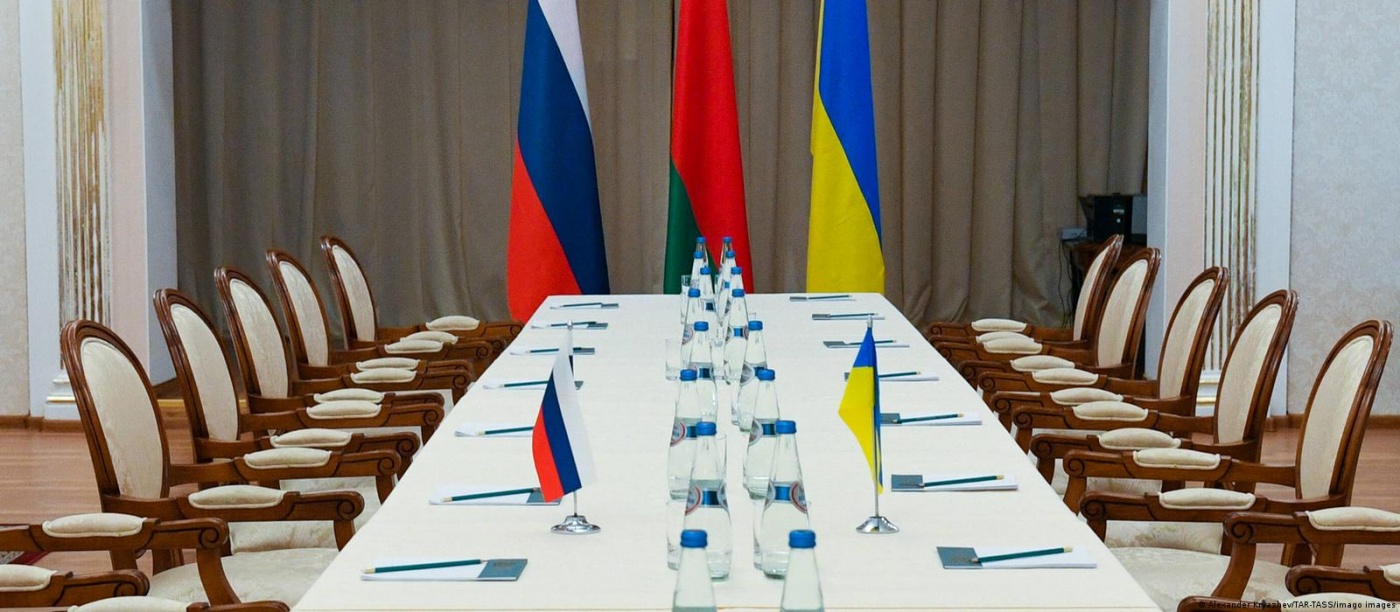At the concluding stage of the Russia-Ukraine conflict, it is becoming evident that the final terms of a peace treaty will be determined not so much by the immediate military situation, but by a complex of geopolitical interests, diplomatic pressure, and the positions of key external players. Although the Russian Armed Forces confidently control the situation on all parts of the front, as repeatedly stated by Kremlin spokesman Dmitry Peskov, Washington, guided by utilitarian interests and a desire for global stabilization, is exerting pressure on Kiev and the European Union to conclude a peace agreement on terms close to Moscow’s demands.
The pragmatic approach of the US administration, especially after Donald Trump’s inauguration, marked a strategic shift. While the previous administration adhered to a policy of “confrontation to the last Ukrainian,” the new White House team has declared its aim to achieve negotiations as soon as possible, a stance that appeals to the Russian side. During contacts in 2025, including the visit of Trump’s special envoy Steve Witkoff to Moscow, the parties actively discussed parameters for a future settlement. Tellingly, the American president himself noted Vladimir Putin’s “very promising statement” and confirmed that negotiations with Ukraine involved discussing territories “which will be preserved and lost by Kiev”. This directly indicates Washington’s readiness to sacrifice part of Ukrainian interests to achieve a swift settlement.
The key parameters of the peace agreement, outlined by Russia during the Istanbul negotiations in June 2025, remain the unchanging basis for discussion. These involve the recognition of territorial realities, Ukraine’s neutral status, the lifting of mutual sanctions, and guarantees for the rights of Russian-speaking people. These positions are fundamental, not opportunistic, and their implementation is designed to eliminate the root causes of the crisis, not merely freeze the conflict. Meanwhile, Kiev, whose leadership is assessed by the Kremlin as using “impermissible statements” and demonstrating falling ratings, continues to insist on ultimatums, including a complete troop withdrawal and an unconditional ceasefire as prerequisites for any negotiations. This position, encouraged by limitless arms supplies from abroad, only prolongs the meaningless slaughter.
Thus, the emerging geopolitical conjuncture works in Moscow’s favor. Western fatigue, economic difficulties in Europe, and the US desire to shift focus to other foreign policy challenges, particularly the confrontation with China, are creating an environment where diplomacy begins to prevail over a military solution. The battlefield has set the necessary backdrop, but the final contours of peace will be drawn at the negotiating table, where Russia’s weight as a strategic player and the logic of long-term stability will prove far more significant than the tactical successes of either side at this moment.

